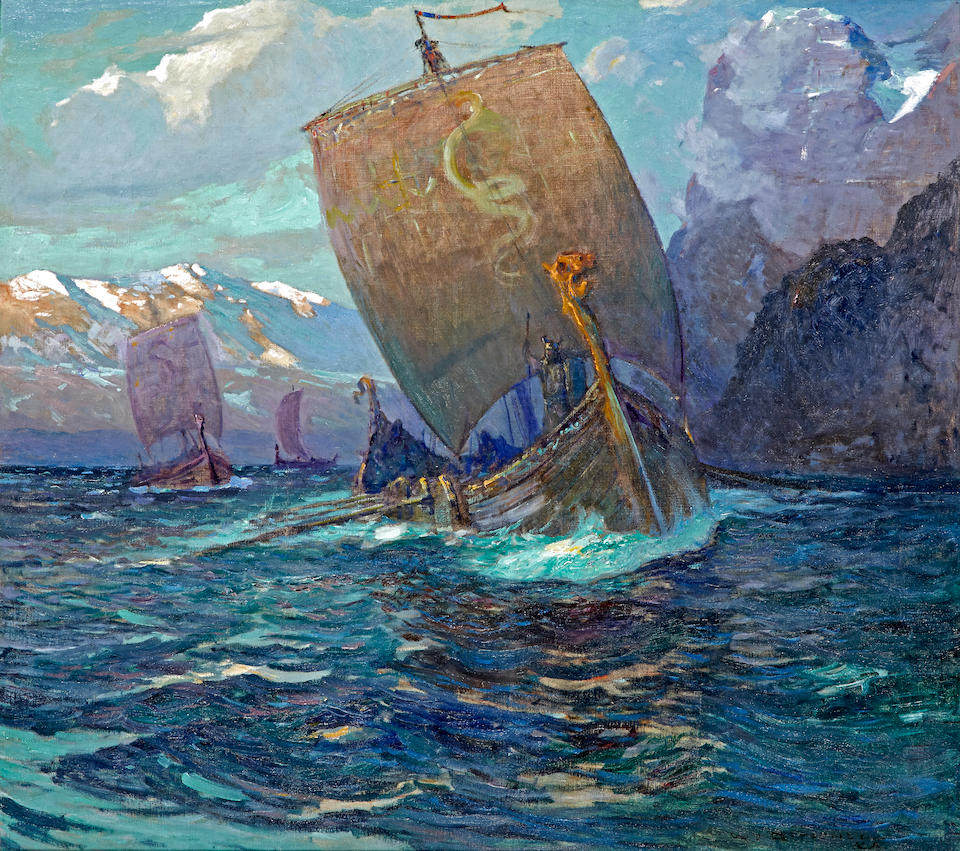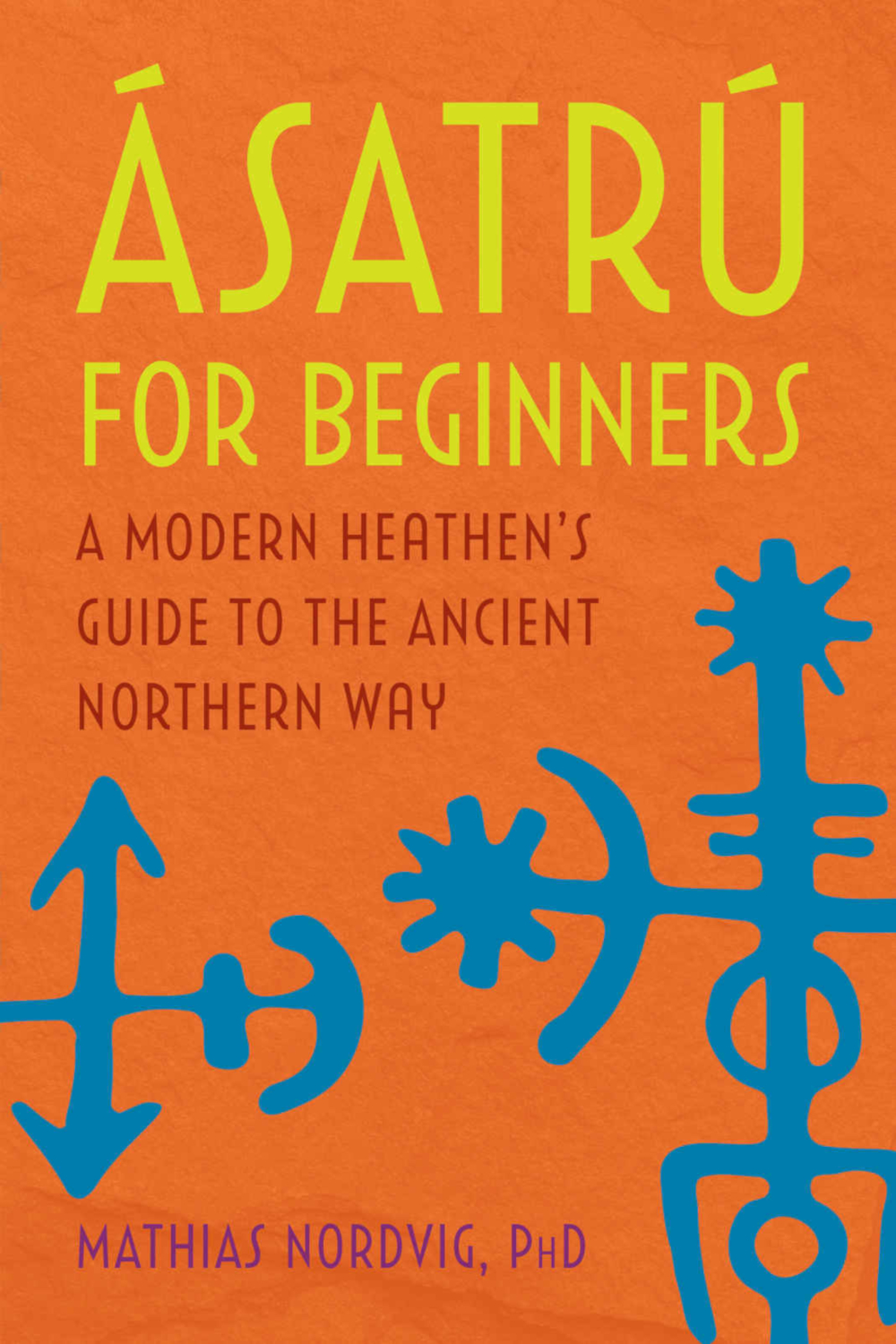Paganism
Column: Nordic Heritage and Scandinavian Idyll
|
As my wife takes our daughter to bed for a well-deserved nap, Hanne takes her bicycle out of the shed, hands me the map, a helmet, and a bottle of water. In less time than it takes to recite the runes of the elder futhark, I am out adventuring.





